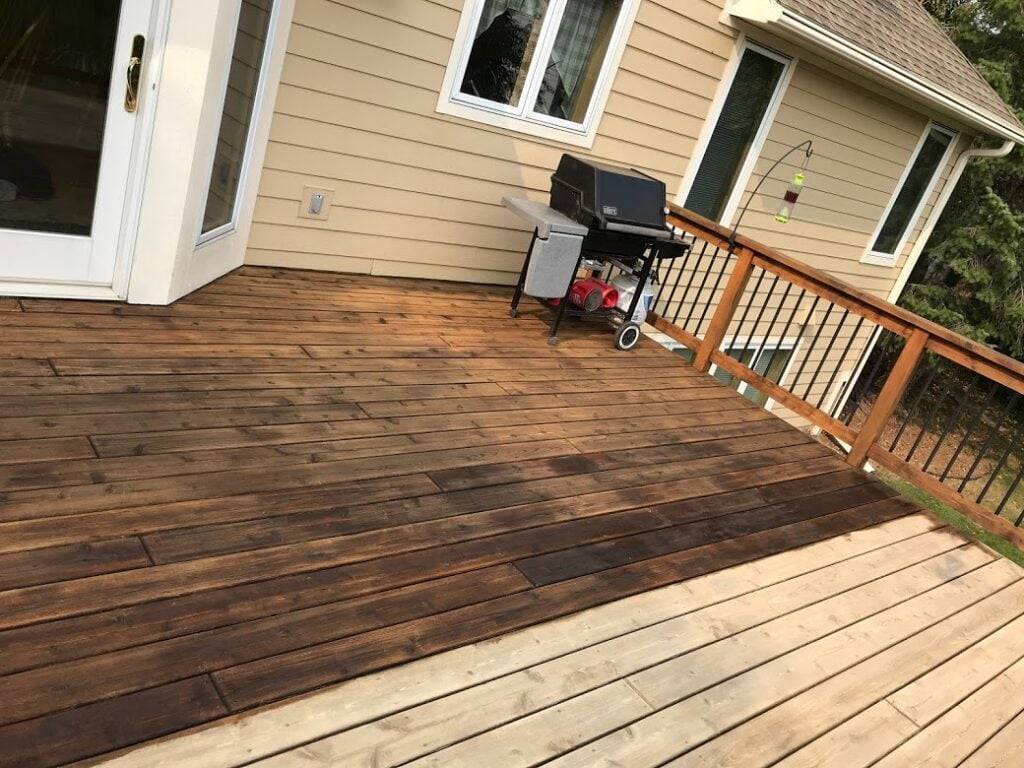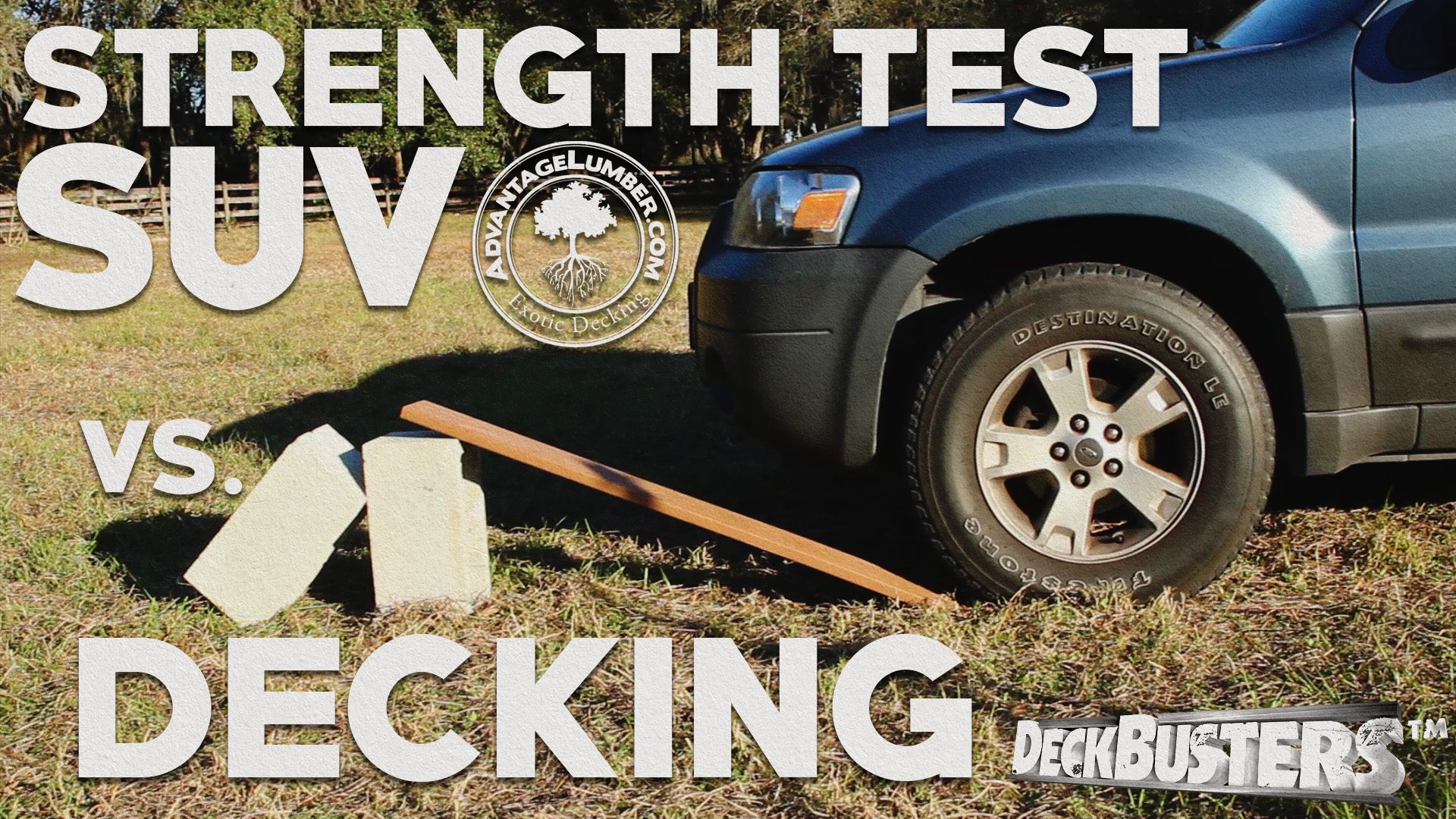When planning a new deck, one of the critical decisions you’ll face is choosing the type of decking material that best suits your needs, budget, and aesthetic preferences. The strength and durability of the decking material are paramount for a long-lasting, safe, and visually pleasing deck.
Among the most popular choices are composite decking, pressure-treated decking, and various types of hardwood decking, such as Ipe, Cumaru, and Tigerwood. Each has its pros and cons, especially concerning strength and structural integrity.
Composite Decking

Composite decking is praised for its low maintenance, resistance to rot, and insect-proof qualities. It’s made from a blend of wood fibers and plastics, which contribute to its resilience against the elements. However, when it comes to strength, composite decking isn’t typically known for its rigidity.
One of the significant considerations when installing composite decking is the joist spacing. Unlike hardwood or pressure-treated wood, which can often be laid on joists spaced 16 inches on center, composite decking usually recommends the joists to be 12 inches on center.
Many composite decking manufacturers will require you joists to be 12 inches on center when your deck design has your deck boards using patterns like herring bone and other layouts where your deck boards are at an angle. Angled deck boards span longer length in between the deck joists.
This closer spacing is crucial to prevent deflection—dips in the deck boards that can be seen and felt. This deflection not only affects the deck’s appearance but can also compromise its safety and longevity. Therefore, while composite decking offers many benefits such as low maintenance, it’s essential to understand its limitations in strength and structural support.
Pressure Treated Decking

Pressure-treated decking is a popular, economical choice for many homeowners. The wood is treated with chemical preservatives to protect it from rot, decay, and termites, extending its life significantly compared to untreated wood.
While not as aesthetically refined as hardwood or some composites, pressure-treated wood offers a strong and durable option for decking. It can typically support wider joist spans, up to 16 inches on center, making it a robust choice for a decking foundation.
However, like all wood, it’s susceptible to weathering and requires regular maintenance, including cleaning, staining, or sealing to maintain its strength and appearance over time.
Hardwood Decking

Hardwood decking materials like Ipe, Cumaru, and Tigerwood are renowned for their incredible strength, durability, and natural beauty. These exotic woods are among the hardest and most dense available, making them highly resistant to rot, decay, insects, and even fire.
Due to their robust nature, hardwood decks can support joist spans of 16 inches on center and up to 24 inches on center in some cases.
Hardwoods offer a premium decking solution that, while more expensive upfront, can provide unparalleled strength and longevity. Their natural resistance to the elements and high load-bearing capacity make them an excellent choice for a deck that combines functionality with natural elegance.
Checkout this cool video we made testing the strength of various deck boards:
Conclusion
When selecting decking material, it’s essential to consider the balance between strength, maintenance, aesthetic appeal, and budget. Composite decking offers ease of maintenance and resistance to rot but requires careful attention to structural support. Pressure-treated decking provides a cost-effective and strong foundation but demands regular upkeep. Hardwood decking, though more costly upfront, offers unmatched strength, durability, and beauty with relatively low maintenance requirements.
Your choice will depend on your priorities and the specific needs of your decking project. Regardless of the material you select, proper installation and maintenance are key to ensuring a safe, durable, and beautiful deck for years to come.
